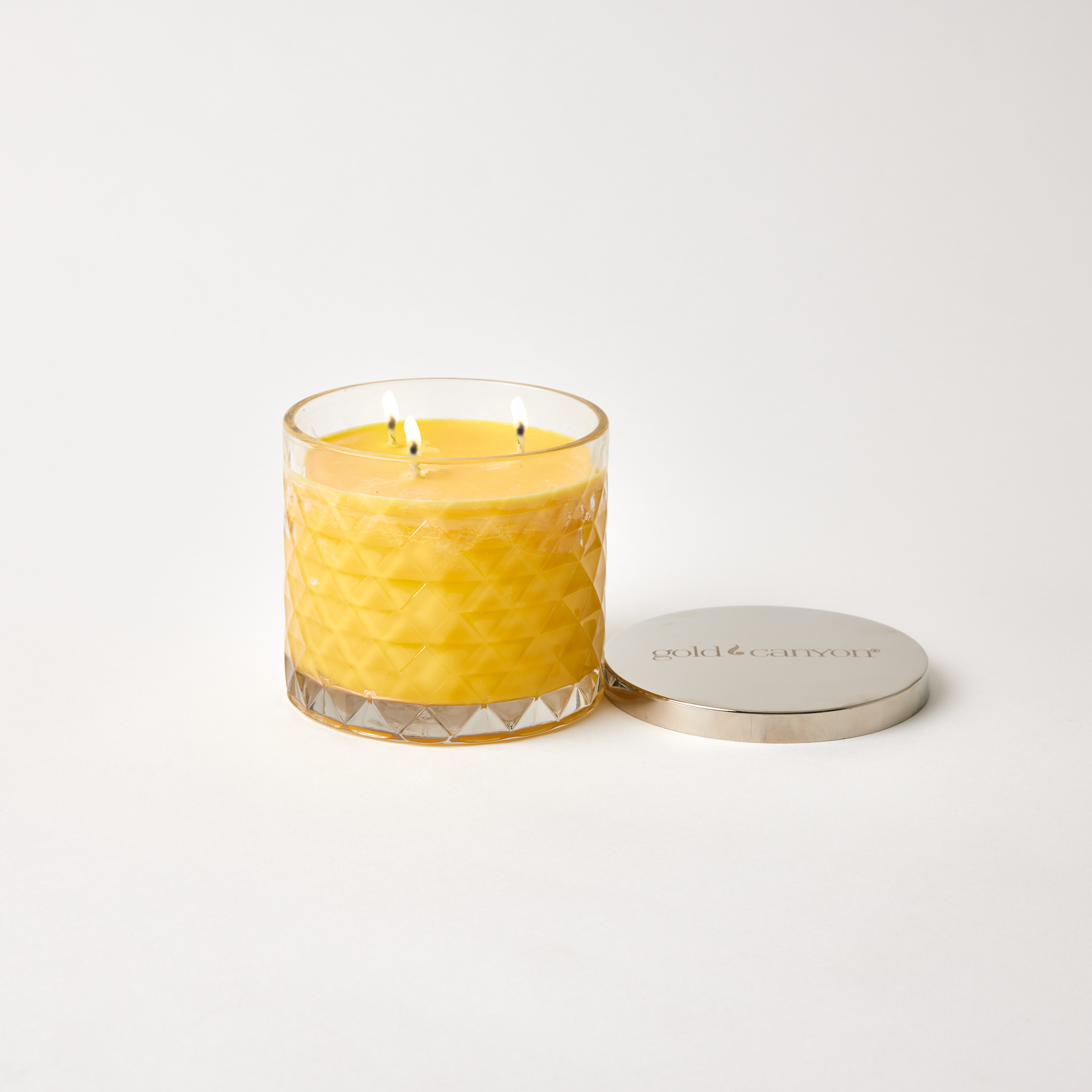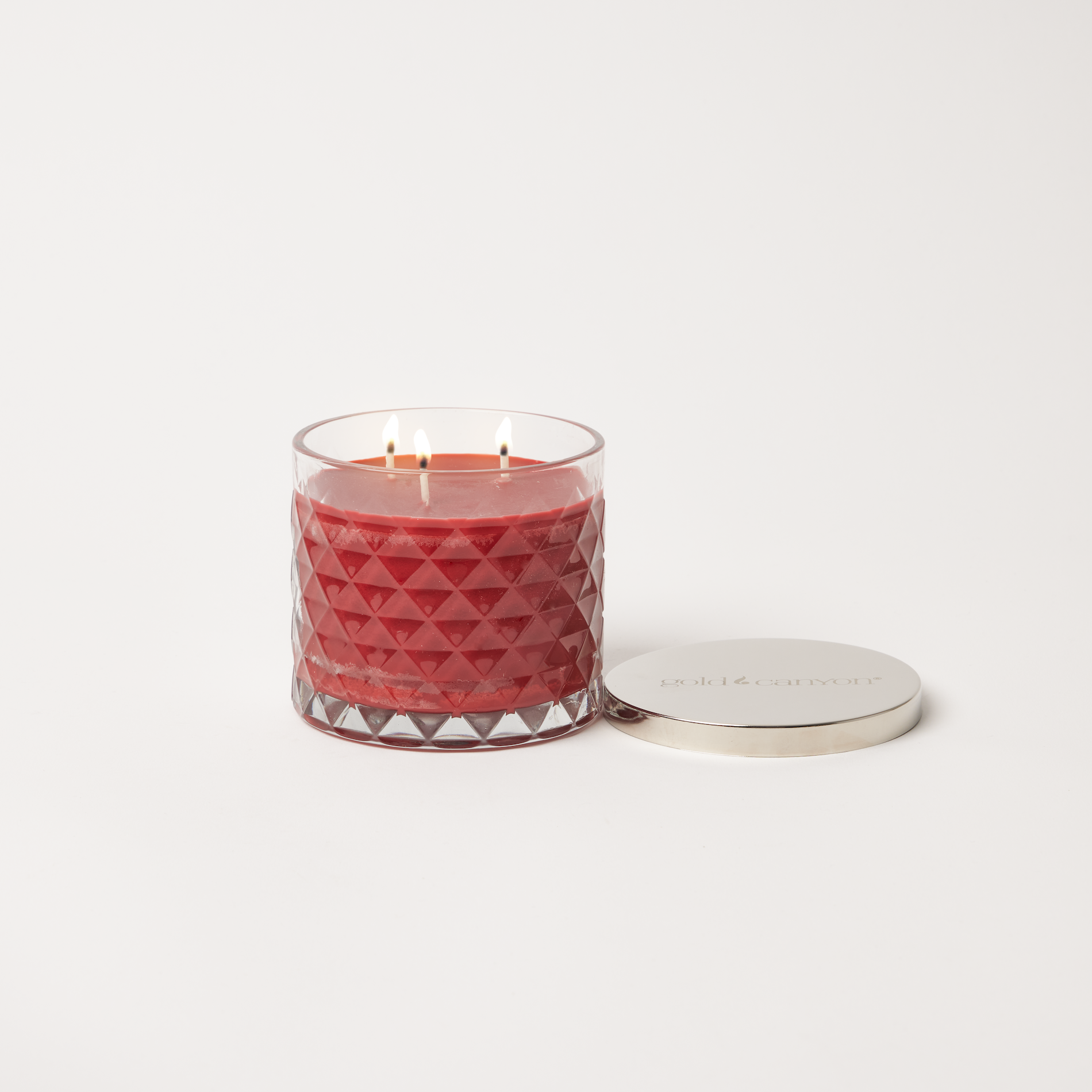Most candles are made of paraffin, a byproduct of petroleum purification. When oil is refined, a mixture of oil and wax, called slack wax, is left behind. To make paraffin wax, slack wax is heated and distilled in order to produce a desirable mixture of oil and wax. ExxonMobil is a leading supplier and distributor of paraffin wax.
In recent years, there have been concerns about the safety of paraffin wax candles. A 2009 South Carolina State University study found that candles made with paraffin wax produce toxic chemicals, such as toluene, alkanes, and alkenes. The South Carolina researchers concluded that soybean-derived wax did not produce these toxic admissions. The National Candle Associated contested the study, citing a 2007 study funded by the European Candle Association. A 2014 study concluded that paraffin wax candles emit benzene and formaldehyde at levels within the air-quality limits set by the World Health Organization. Overall, the wealth of conflicting opinion and research underscores the necessity for more independent scientific studies. What we do know, is that soy candles are more environmentally friendly and produce less soot.
Soy candles have been shown to produce fewer irritants and less soot than paraffin candles. This makes soy candles a good choice for people with asthma or candle sensitivities. Plus, since paraffin candles are a product of the oil industry, soy candles are a more environmentally friendly option.




